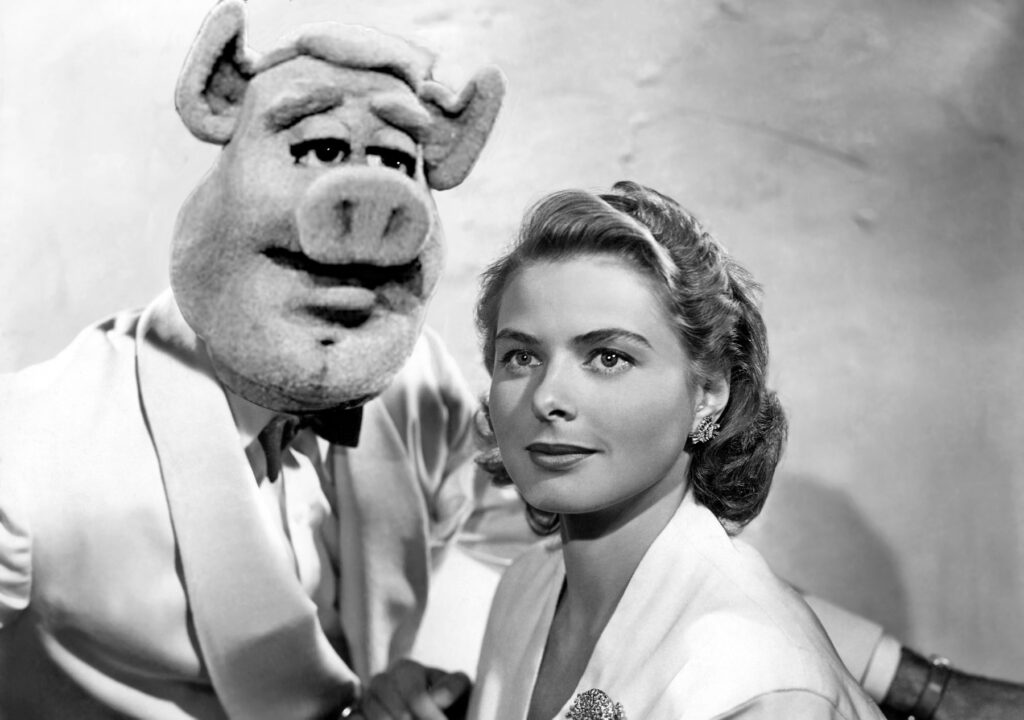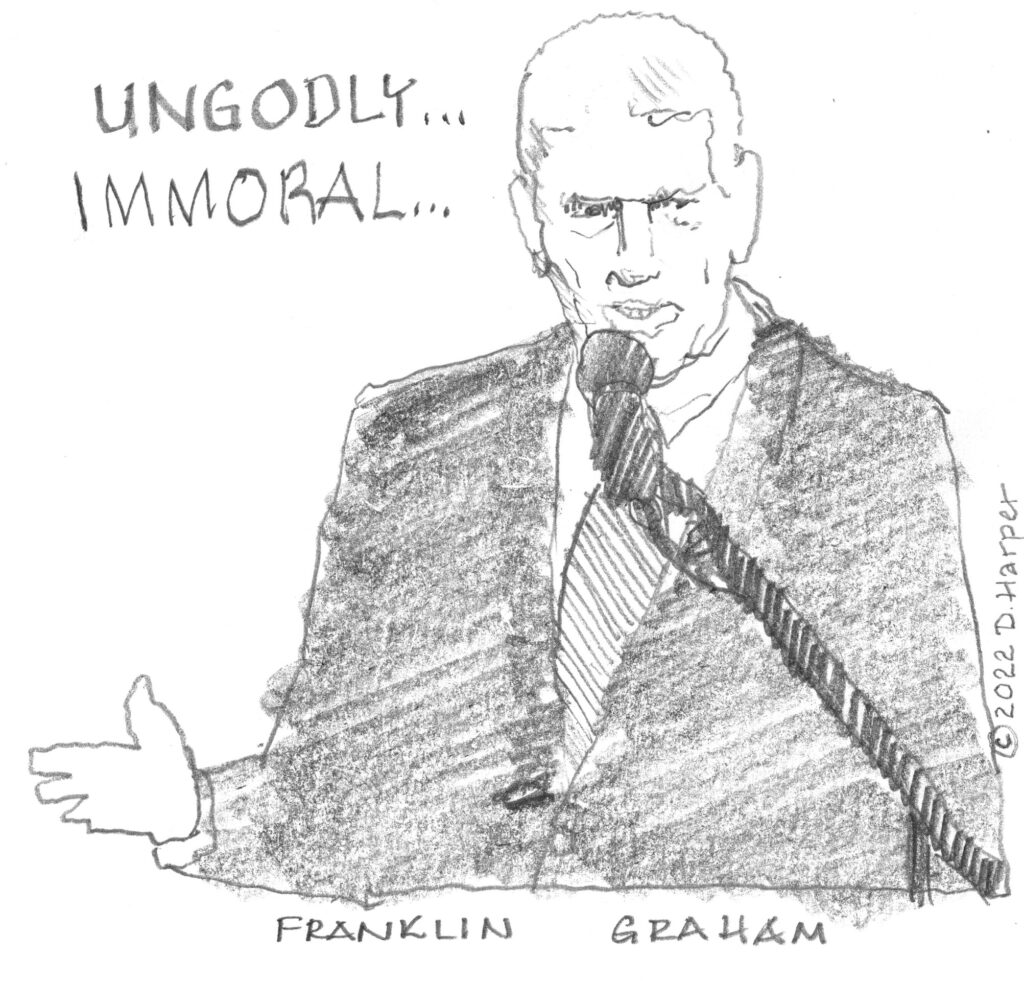The U.S. Preventive Services Task Force (USPSTF) issued a draft recommendation statement on Tuesday, suggesting that everyone under age 65 might benefit from screening for anxiety disorder.
Before you jump to conclusions, you need to know a few things.
First, this is still a draft statement. The USPSTF has released this draft for public comment. After the public comment period ends on October 17, the USPSTF will prepare the final statement.
Second, despite its impressive title, the USPSTF is not a government agency. It is “an independent, volunteer panel of national experts in disease prevention and evidence-based medicine.”
Third, this report appears to rely on data published before the COVID-19 pandemic. In other words, this is not a response to the widely-reported rise in anxiety disorder during and following the pandemic.
But even after reading this draft statement carefully, and even if we don’t jump to conclusions about the effects of the pandemic, I think this is still important. As the draft recommendation points out: “According to U.S. data collected from 2001 to 2002, the lifetime prevalence of anxiety disorders in adults was 26.4% for men and 40.4% for women.” In other words, anxiety disorders were widespread before the present alleged post-pandemic rise in anxiety disorders. This is a serious public health issue.
Anxiety is also obviously a serious issue for women. With over 40% of women developing anxiety disorder, this is indeed a serious public health issue. And in fact the USPSTF reports that “the Women’s Preventive Services Initiative [already] recommends that screening for anxiety should include all female patients age 13 years or older not currently diagnosed with an anxiety disorder, including pregnant and postpartum women.”
The USPSTF draft recommendation also points out how anxiety correlates with age and stage of life: “The natural history of anxiety disorders typically begins in childhood and early adulthood, and symptoms appear to decline with age. Some community-based epidemiology studies indicate that rates of anxiety disorders are lowest in adults ages 65 to 79 years, but these data are outdated.” So this becomes an important concern for parents, educators, and anyone in the helping professions who works with young people.
Also of interest: the USPSTF notes that screening tools to help medical professionals identify persons who may have anxiety disorder are widely available. Mind you, these are screening tools, not diagnostic tools. But as screening tools, they can cue medical professionals to schedule a follow-up diagnostic assessment. I found one of these screening tools online on the University of Washington website, and it takes only a few minutes to complete. So you can see how this screening tool could be added to routine examinations by primary care physicians.
Now that we’re not going to jump to conclusions, we can go on to speculation.
If there really has been a rise in anxiety disorder during and following the pandemic — and I suspect there has — then it may prove to be even more important to screen for anxiety.
And there are implications for those of us who are ministers. We’re not mental health professionals, but tend to be on the front lines of mental health care because of the people we see during formal and informal pastoral care and counseling. We often suggest that people seek out mental health care. This report suggests that we may want to become more aware of anxiety disorders.



